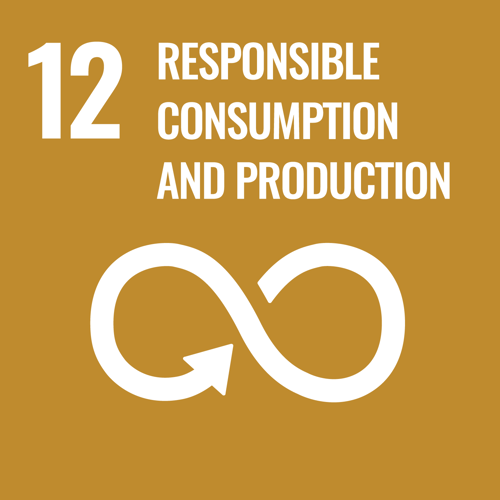From pilot project to lighthouse project
The project started out as a small pilot project, but has now grown into a lighthouse project. This means that the technology, with the support of the Ministry of Environment and Food, MUDP funds, must be implemented on a full scale.
TripleNine's plant in Thyborøn is expected to be able to reduce water consumption by 50-70% annually, CO2 emissions by 955 tonnes and achieve a saving of DKK 600,000-1,000,000.
The technology itself is an advanced flotation technology where air bubbles cause larger fish residues and oil to accumulate in the surface as a foam fraction. Here the foam can be removed and the water can be reused more than usual. The foam can also be reused in production elsewhere.
At the same time, a sensor-based control system is being developed that enables adjustment and control of the cleaning process. As the quality of the fish varies, the quality of the water also varies, and therefore a constant cleaning process is not required.
The lighthouse project also aims to test new kinds of flocculants that may be suitable for use in feed and food production. Traditional flocculants are forbidden to use in feed and food production, but have the ability to cause microscopic fish residues to accumulate in the surface of the water. This can also reduce water consumption because water quality remains good for a long time.









